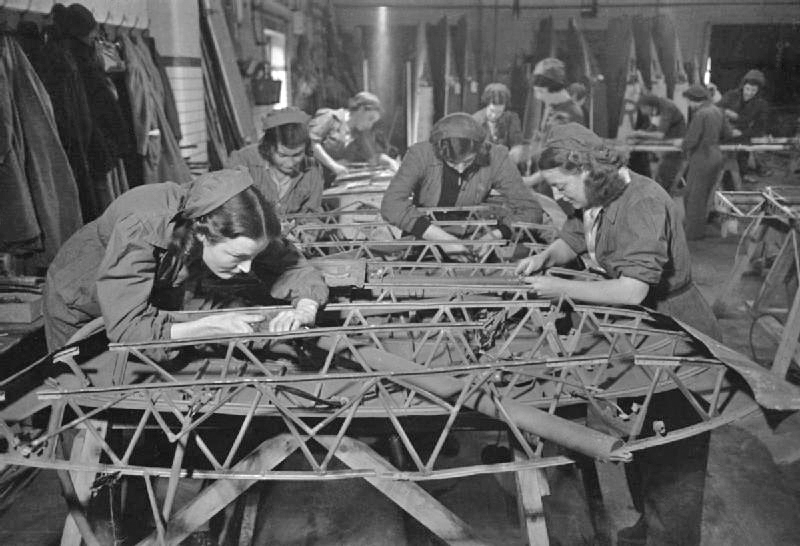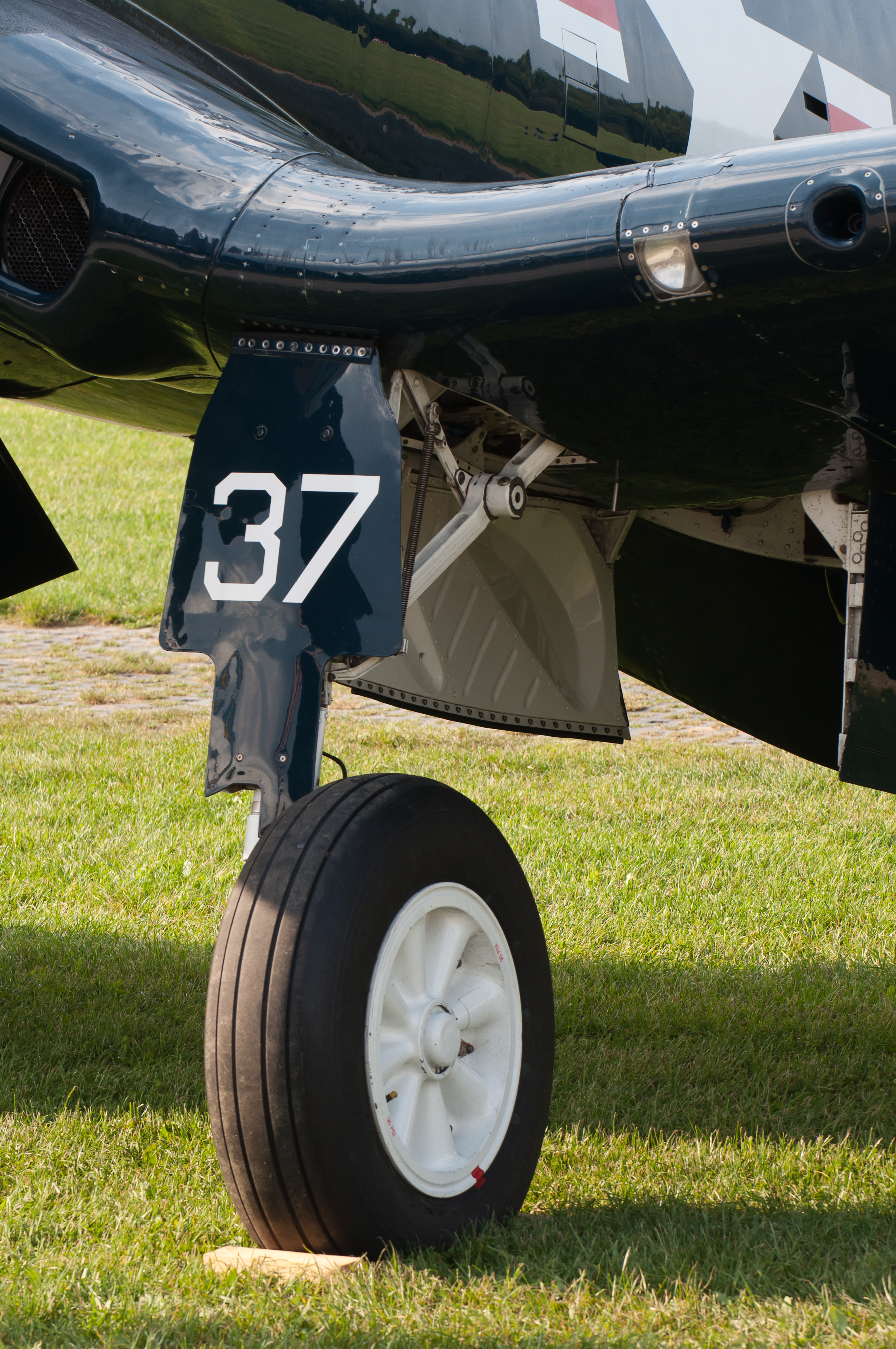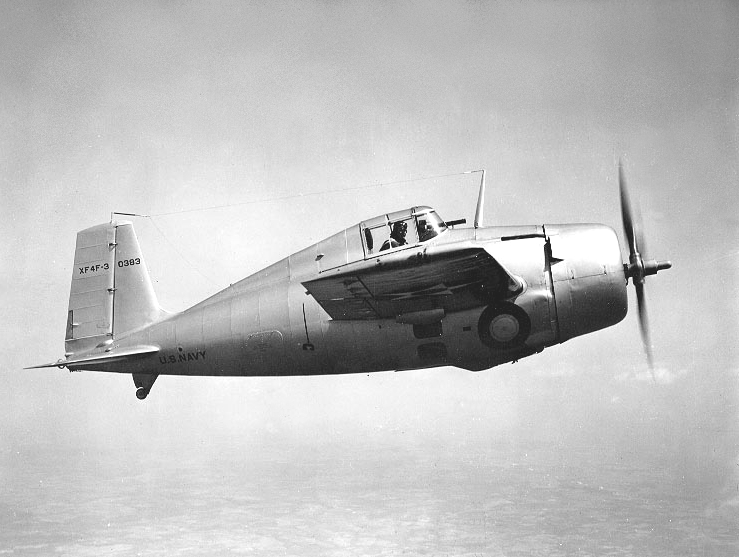|
Ruler-class Escort Carrier
The ''Ruler'' class of escort aircraft carriers served with the Royal Navy during the Second World War. All twenty-three ships were built by the Seattle-Tacoma Shipbuilding Corporation in the United States as ''Bogue''-class escort carriers, supplied under Lend-Lease to the United Kingdom. They were the most numerous single class of aircraft carriers in service with the Royal Navy. As built they were intended for three types of operations, "Assault" or strike, convoy escort, or aircraft ferry. After the war some were scrapped while other had their flight deck removed and converted as merchant vessels (and all eventually scrapped by the 1970s). Design and description These ships were all larger and had greater aircraft capacity than all preceding American built escort carriers. They were laid down as escort carriers and were not converted merchant ships. All the ships had a complement of 646 men and an overall length of , a beam of and a draught of .Cocker (2008), p.82. Propu ... [...More Info...] [...Related Items...] OR: [Wikipedia] [Google] [Baidu] |
Seattle-Tacoma Shipbuilding Corporation
The Seattle-Tacoma Shipbuilding Corporation (also operating as Todd Pacific) was an American corporation which built escort carriers, destroyers, cargo ships and auxiliaries for the United States Navy and merchant marine during World War II in two yards in Puget Sound, Washington. It was the largest producer of destroyers (45) on the West Coast and the largest producer of escort carriers of various classes (56) of any United States yard active during World War II. History The Todd Corporation, just having established itself in New York, acquired Seattle Construction and Drydock Company (a.k.a. ''The Moran Brothers Shipyard'' of Klondike Gold Rush fame) in Seattle Harbor during World War I some time in 1916. The yard was acquired in 1918 by Skinner & Eddy. Todd moved his Seattle operation to nearby Harbor Island where a repair facility was constructed. In 1917 the company also set foot in Tacoma, where the first work on facilities was underway in January 1917 and the first ... [...More Info...] [...Related Items...] OR: [Wikipedia] [Google] [Baidu] |
Starboard
Port and starboard are nautical terms for watercraft and aircraft, referring respectively to the left and right sides of the vessel, when aboard and facing the bow (front). Vessels with bilateral symmetry have left and right halves which are mirror images of each other. One asymmetric feature is where access to a boat, ship, or aircraft is at the side, it is usually only on the port side (hence the name). Side Port and starboard unambiguously refer to the left and right side of the vessel, not the observer. That is, the port side of the vessel always refers to the same portion of the vessel's structure, and does not depend on which way the observer is facing. The port side is the side of the vessel which is to the left of an observer aboard the vessel and , that is, facing forward towards the direction the vehicle is heading when underway, and starboard side is to the right of such an observer. This convention allows orders and information to be given unambiguously, witho ... [...More Info...] [...Related Items...] OR: [Wikipedia] [Google] [Baidu] |
North Cape, Norway
North Cape ( no, Nordkapp; sme, Davvenjárga) is a cape on the northern coast of the island of Magerøya in Northern Norway. The cape is in Nordkapp Municipality in Troms og Finnmark county, Norway. The European route E69 highway has its northern terminus at North Cape, which makes it the northernmost point in Europe that can be accessed by car and makes the E69 the northernmost public road in Europe. The plateau is a popular tourist attraction. The cape includes a with a large flat plateau on top, where visitors, weather permitting, can watch the midnight sun and views of the Barents Sea to the north. North Cape Hall, a visitor centre, was built in 1988 on the plateau. It includes a café, restaurant, post office, souvenir shop, a small museum, and video cinema. Geography The steep cliff of the North Cape is located at , about from the North Pole. Nordkapp is often inaccurately referred to as the northernmost point of Europe. However, the neighbouring Knivskjellodden Cape a ... [...More Info...] [...Related Items...] OR: [Wikipedia] [Google] [Baidu] |
Royal Canadian Navy
The Royal Canadian Navy (RCN; french: Marine royale canadienne, ''MRC'') is the Navy, naval force of Canada. The RCN is one of three environmental commands within the Canadian Armed Forces. As of 2021, the RCN operates 12 frigates, four attack submarines, 12 coastal defence vessels, eight patrol class training vessels, two offshore patrol vessels, and several auxiliary vessels. The RCN consists of 8,570 Regular Force and 4,111 Primary Reserve sailors, supported by 3,800 civilians. Vice-Admiral Angus Topshee is the current commander of the Royal Canadian Navy and chief of the Naval Staff. Origins of the Royal Canadian Navy, Founded in 1910 as the Naval Service of Canada (French: ''Service naval du Canada'') and given royal sanction on 29 August 1911, the RCN was amalgamated with the Royal Canadian Air Force and the Canadian Army to form the Unification of the Canadian Forces, unified Canadian Armed Forces in 1968, after which it was known as Maritime Command (French: ''Commandemen ... [...More Info...] [...Related Items...] OR: [Wikipedia] [Google] [Baidu] |
Anti-submarine
An anti-submarine weapon (ASW) is any one of a number of devices that are intended to act against a submarine and its crew, to destroy (sink) the vessel or reduce its capability as a weapon of war. In its simplest sense, an anti-submarine weapon is usually a projectile, missile or bomb that is optimized to destroy submarines. History Before World War I Prior to about 1890, naval weapons were only used against surface shipping. With the rise of the military submarine after this time, countermeasures were considered for use against them. The first submarine installation of torpedo tubes was in 1885 and the first ship was sunk by a submarine-launched torpedo in 1887. There were only two ways of countering the military submarine initially: ramming them or sinking them with gunfire. However, once they were submerged, they were largely immune until they had to surface again. By the start of the First World War there were nearly 300 submarines in service with another 80 in production ... [...More Info...] [...Related Items...] OR: [Wikipedia] [Google] [Baidu] |
Grumman Avenger
The Grumman TBF Avenger (designated TBM for aircraft manufactured by General Motors) is an American World War II-era torpedo bomber developed initially for the United States Navy and Marine Corps, and eventually used by several air and naval aviation services around the world. The Avenger entered U.S. service in 1942, and first saw action during the Battle of Midway. Despite the loss of five of the six Avengers on its combat debut, it survived in service to become the most effective and widely-used torpedo bomber of World War II, sharing credit for sinking the super-battleships and (the only ships of that type sunk exclusively by American aircraft while under way) and being credited for sinking 30 submarines. Greatly modified after the war, it remained in use until the 1960s.Wheeler 1992, p. 53. Design and development The Douglas TBD Devastator, the U.S. Navy's main torpedo bomber introduced in 1935, was obsolescent by 1939. Bids were accepted from several companies, but Grum ... [...More Info...] [...Related Items...] OR: [Wikipedia] [Google] [Baidu] |
Torpedo Bomber
A torpedo bomber is a military aircraft designed primarily to attack ships with aerial torpedoes. Torpedo bombers came into existence just before the First World War almost as soon as aircraft were built that were capable of carrying the weight of a torpedo, and remained an important aircraft type until they were rendered obsolete by anti-ship missiles. They were an important element in many famous Second World War battles, notably the British attack at Taranto, the sinking of the German battleship ''Bismarck'', and the Japanese attack on Pearl Harbor. Types Torpedo bombers first appeared immediately prior to the First World War. Generally, they carried torpedoes specifically designed for air launch, which were smaller and lighter than those used by submarines and surface warships. Nonetheless, as an airborne torpedo could weigh as much as , more than twice the bomb load of contemporary single-engined bombers, the aircraft carrying it usually needed to be specially designed ... [...More Info...] [...Related Items...] OR: [Wikipedia] [Google] [Baidu] |
Fairey Swordfish
The Fairey Swordfish is a biplane torpedo bomber, designed by the Fairey Aviation Company. Originating in the early 1930s, the Swordfish, nicknamed "Stringbag", was principally operated by the Fleet Air Arm of the Royal Navy. It was also used by the Royal Air Force (RAF), as well as several overseas operators, including the Royal Canadian Air Force (RCAF) and the Royal Netherlands Navy. It was initially operated primarily as a fleet attack aircraft. During its later years, the Swordfish was increasingly used as an Anti-submarine warfare, anti-submarine and Trainer (aircraft), training platform. The type was in frontline service throughout the World War II, Second World War. Despite being outmoded by 1939, the Swordfish achieved some spectacular successes during the war. Notable events included sinking one battleship and damaging two others of the ''Regia Marina'' (the Italian navy) during the Battle of Taranto, and the famous attack on the German battleship Bismarck, German b ... [...More Info...] [...Related Items...] OR: [Wikipedia] [Google] [Baidu] |
Fighter Aircraft
Fighter aircraft are fixed-wing military aircraft designed primarily for air-to-air combat. In military conflict, the role of fighter aircraft is to establish air superiority of the battlespace. Domination of the airspace above a battlefield permits bombers and attack aircraft to engage in tactical and strategic bombing of enemy targets. The key performance features of a fighter include not only its firepower but also its high speed and maneuverability relative to the target aircraft. The success or failure of a combatant's efforts to gain air superiority hinges on several factors including the skill of its pilots, the tactical soundness of its doctrine for deploying its fighters, and the numbers and performance of those fighters. Many modern fighter aircraft also have secondary capabilities such as ground attack and some types, such as fighter-bombers, are designed from the outset for dual roles. Other fighter designs are highly specialized while still filling the ma ... [...More Info...] [...Related Items...] OR: [Wikipedia] [Google] [Baidu] |
Hawker Hurricane Variants
The Hawker Hurricane was a British single-seat fighter aircraft designed and predominantly built by Hawker Aircraft Ltd. Some versions were built in Canada by the Canada Car and Foundry Co Ltd British variants Hurricane Mk I ; Hurricane Mk I (Early production) The first Mk I production machines were ready fairly quickly, with deliveries starting in December 1937. These early aircraft featured fabric-covered wings, and a wooden, two-bladed, fixed- pitch propeller. Initially the tailwheel was designed to be retractable; early on it was discovered that the Hurricane needed a larger rudder area to improve the control characteristics during a spin. To this end the lower part of the rudder was extended and a distinctive ventral "keel" was added to the rear fuselage. The tailwheel was now fixed. Early Hurricanes lacked armour or self-sealing tanks. They used "ring and bead" gunsights, with the ring being mounted above the instrument panel and the bead mounted on a post above the e ... [...More Info...] [...Related Items...] OR: [Wikipedia] [Google] [Baidu] |
Vought F4U Corsair
The Vought F4U Corsair is an American fighter aircraft which saw service primarily in World War II and the Korean War. Designed and initially manufactured by Chance Vought, the Corsair was soon in great demand; additional production contracts were given to Goodyear, whose Corsairs were designated FG, and Brewster, designated F3A. The Corsair was designed and operated as a carrier-based aircraft, and entered service in large numbers with the U.S. Navy in late 1944 and early 1945. It quickly became one of the most capable carrier-based fighter-bombers of World War II. Some Japanese pilots regarded it as the most formidable American fighter of World War II and its naval aviators achieved an 11:1 kill ratio. Early problems with carrier landings and logistics led to it being eclipsed as the dominant carrier-based fighter by the Grumman F6F Hellcat, powered by the same Double Wasp engine first flown on the Corsair's initial prototype in 1940. Instead, the Corsair's early deployme ... [...More Info...] [...Related Items...] OR: [Wikipedia] [Google] [Baidu] |
Grumman Martlet
The Grumman F4F Wildcat is an American carrier-based fighter aircraft that entered service in 1940 with the United States Navy, and the British Royal Navy where it was initially known as the Martlet. First used by the British in the North Atlantic, the Wildcat was the only effective fighter available to the United States Navy and Marine Corps in the Pacific Theater during the early part of the Second World War. The disappointing Brewster Buffalo was withdrawn in favor of the Wildcat and replaced as aircraft became available. With a top speed of , the Wildcat was outperformed by the faster (), more maneuverable, and longer-ranged Mitsubishi A6M Zero. US Navy pilots, including John "Jimmy" Thach, a pioneer of fighter tactics to deal with the A6M Zero, were greatly dissatisfied with the Wildcat's inferior performance against the Zero in the battles of the Coral Sea and Midway. The Wildcat has a claimed air combat kill-to-loss ratio of 5.9:1 in 1942 and 6.9:1 for the entire war.Po ... [...More Info...] [...Related Items...] OR: [Wikipedia] [Google] [Baidu] |
.jpg)
.jpg)


.jpg)




